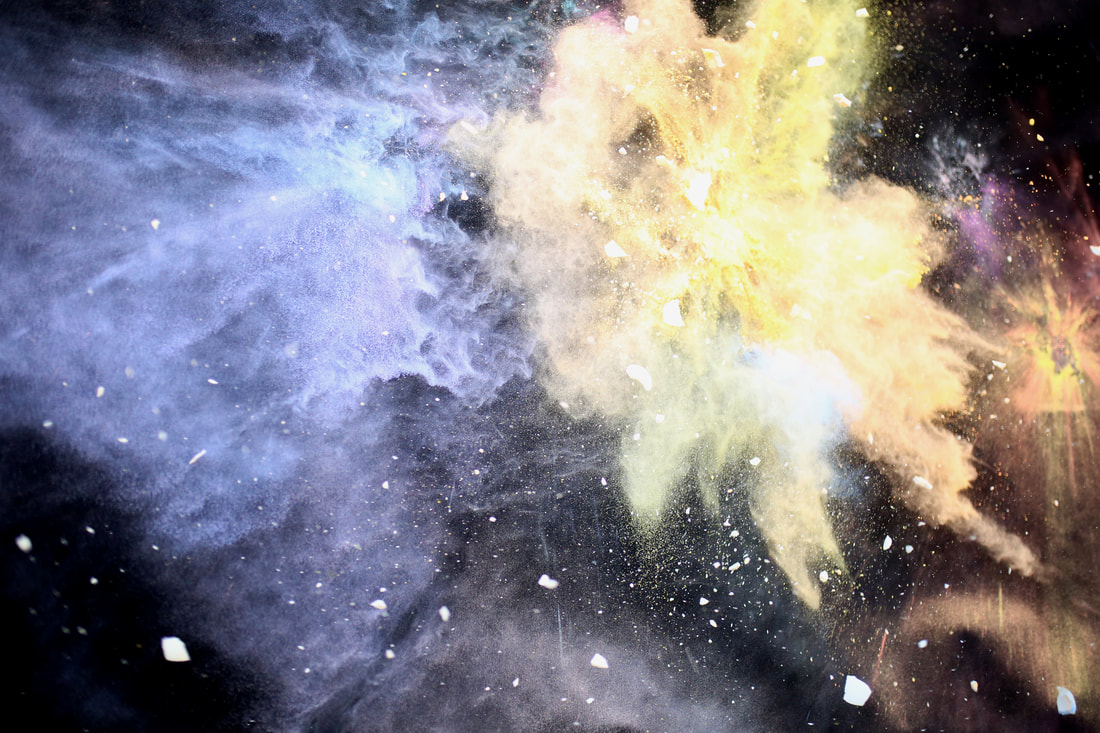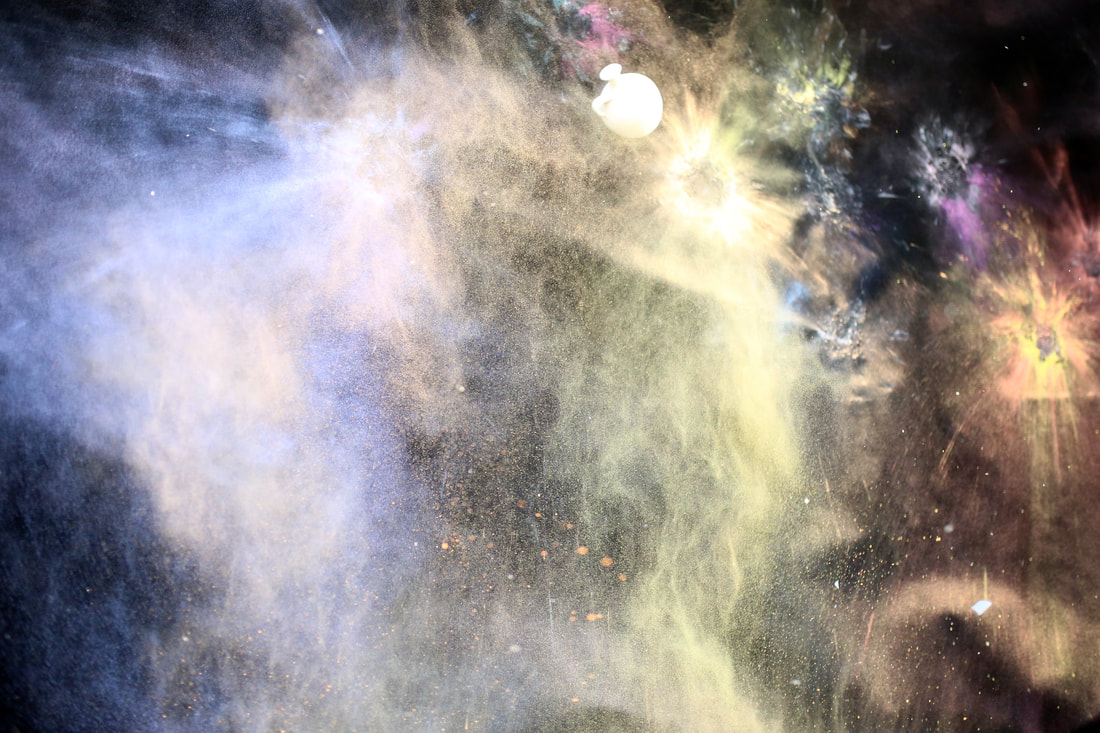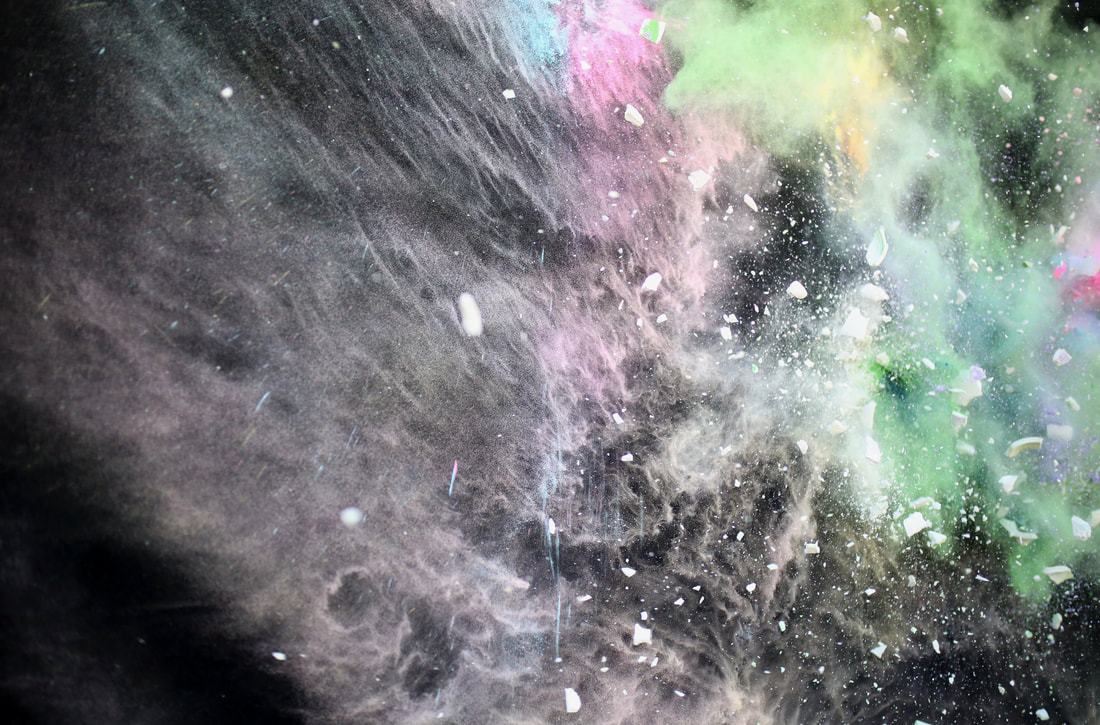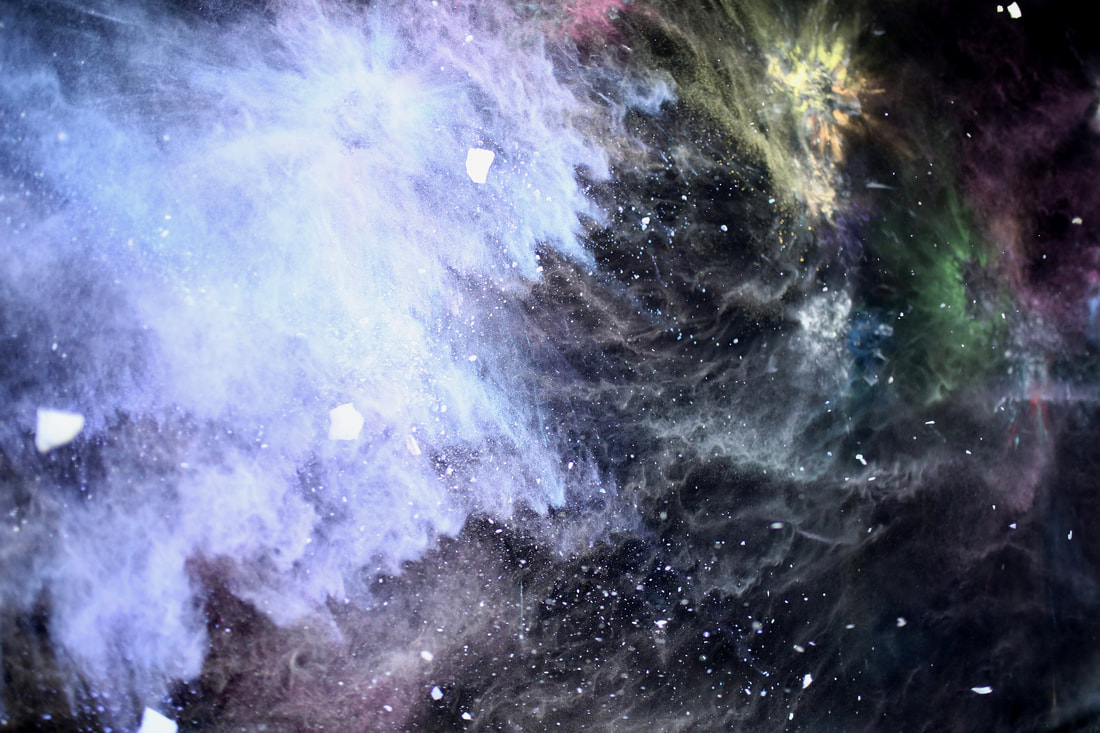Blessed Are The Meek
Blessed Are The Meek, 2018
Video (unfired clay, powdered chalk)
Artist Statement
My video “Blessed Are The Meek” records the impact of clay vessels fashioned solely for ceremonial destruction. This violent action raises questions of purpose from the perspectives of the creator and the created. Are these vessels meant to stay unblemished or be broken for an inner glory contained? Does the vessel have the right to challenge the plans of the vessel maker?
The intentional ruin of ceramic objects is a practice found in ceremonies by various cultures, yet despite the violent association of the action, it is typically a symbol for celebration and transition. In Germany there is "polterabend," a custom in which, on the night before a wedding, the guests brashly break porcelain tableware to bring luck to the couple's marriage. On the Saturday before Easter, many Greeks in Corfu celebrate the coming holiday by throwing heavy water pots out of their windows to the applause of a waiting crowd. In Vietnam, they celebrate the end of typhoon season by making “pháo đất” which translates roughly as "earth cannons" where participants create large wet slabs of clay and compete for the loudest bang and longest rip by slamming them to the ground.
Video (unfired clay, powdered chalk)
Artist Statement
My video “Blessed Are The Meek” records the impact of clay vessels fashioned solely for ceremonial destruction. This violent action raises questions of purpose from the perspectives of the creator and the created. Are these vessels meant to stay unblemished or be broken for an inner glory contained? Does the vessel have the right to challenge the plans of the vessel maker?
The intentional ruin of ceramic objects is a practice found in ceremonies by various cultures, yet despite the violent association of the action, it is typically a symbol for celebration and transition. In Germany there is "polterabend," a custom in which, on the night before a wedding, the guests brashly break porcelain tableware to bring luck to the couple's marriage. On the Saturday before Easter, many Greeks in Corfu celebrate the coming holiday by throwing heavy water pots out of their windows to the applause of a waiting crowd. In Vietnam, they celebrate the end of typhoon season by making “pháo đất” which translates roughly as "earth cannons" where participants create large wet slabs of clay and compete for the loudest bang and longest rip by slamming them to the ground.



